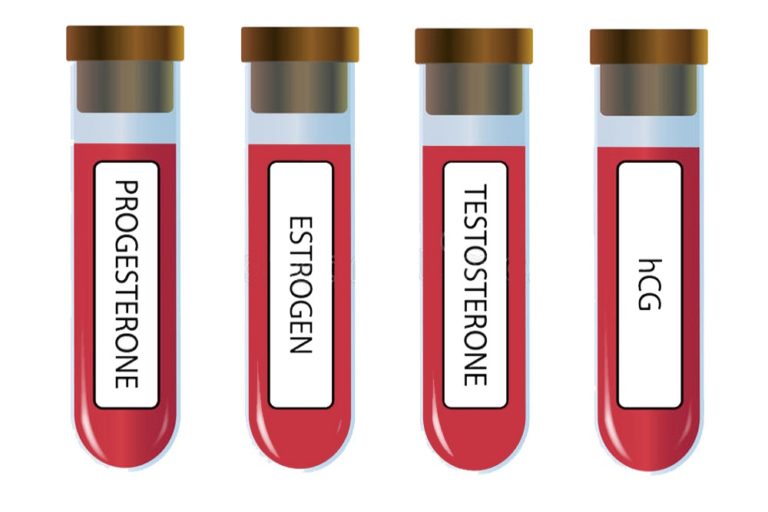
Hormonal imbalance may happen to women at any point of time. Here are some useful tips that can help in dealing with it.
Every one out of ten women in India faces hormonal imbalance. Hormonal changes may affect women any time from birth to death. But the key to recover from all the imbalances is to maintain a healthy lifestyle.
Hormonal imbalance in women results in low or high cortisol, lower progesterone levels, high or low estrogen levels, high or low testosterone, under-active thyroid levels, insulin and leptin resistance. Hormonal imbalance like PCOS (polycystic ovarian syndrome) is the most common one, and is also a leading cause of infertility in women as it interferes with ovulation. PCOS is problematic and could pose as a major threat to both mother and baby, as it increases the rates of – miscarriage; gestational diabetes; preeclampsia; cesarean section; high birth weight etc.
How to know if you suffer from hormonal imbalance
Further, we need to understand the most common symptoms of hormonal imbalances:
Persistent Weight Gain – A variety of systems in your body such as the endocrine system, your thyroid, or your digestive system may all be playing a role in the imbalance that leads to weight gain.
Fatigue- When one feels exhausted every day, it implies that there might be lack of thyroid hormone, resulting in adrenal fatigue, or another form of hormonal imbalance.
Anxiety, Irritability and Depression- Anxiety, mood swings and depression are some of the basic symptoms that indicate hormonal imbalance.
Insomnia and Poor Sleep Patterns- These happen to women when there is a sharp drop in the hormone progesterone, that occurs just before menstruation.
Hot Flashes & Night Sweats- When the body produces estrogen more, or less than the standard amount, women tend to experience hot flashes, which means having sudden feeling of warmth usually over face and neck. Experiencing cold sweats is also a common symptom, when a person feels sudden chills in the body and sweats abnormally.
Food cravings- This occurs due to adrenal fatigue, insulin resistance, and other hormonal imbalances.
Persistent Acne- Imbalance in the androgen hormone causes deep and cystic acne. Testosterone stimulates excess production of oil on the face, leading to prevalence of persisting acne.
Weak Memory- Stress leads to production of high levels of cortisol, which thus hampers a person’s learning ability and weakens memory.
Digestive Problems- Chronic stress may lead to increase in the production of cortisol in adrenal glands. Irritable bowel syndrome (IBS) also increases due to abnormal serotonin levels in the body.
Headaches & Migraines- Hormonal imbalance around certain times of the menstrual cycle often results in migraines and headaches
Managing hormonal imbalance
-To consider mix of foods low in glycemic index (or GI, meaning they raise blood sugar slowly) which is also referred to as traditional Mediterranean diet.
– To consider foods rich in protein, especially lean protein such as think chicken breasts, eggs, and wild-caught fish; vegetables and most fruit; chia seeds, flaxseeds.
-Consuming nuts such as almonds, walnuts, pistachios, and pumpkin seeds.
-To consider intake of olive oil and some other unsaturated oils and fats, like flax oil, sesame oil, and groundnut oil.
-To eat whole grains like buckwheat, brown rice, ragi and quinoa and other millets.
-To avoid or to minimize caffeine, alcohol, fried foods, processed meat, peanuts, saturated fat, full-fat dairy, artificial sweeteners, and simple carbs or simple sugars like white bread, sweets, pastries, etc.
-Eating often every 2-3 hours, healthy food choices at least 80% of the time.
-Exercise in a must. Going out for roughly 30 minutes for exercise for 6 days a week along with strength training, cardio, interval training, and yoga can help keeping hormonal imbalance under control.
Recent Post
Crafted by Webcreatore Digital Solutions LLP.






